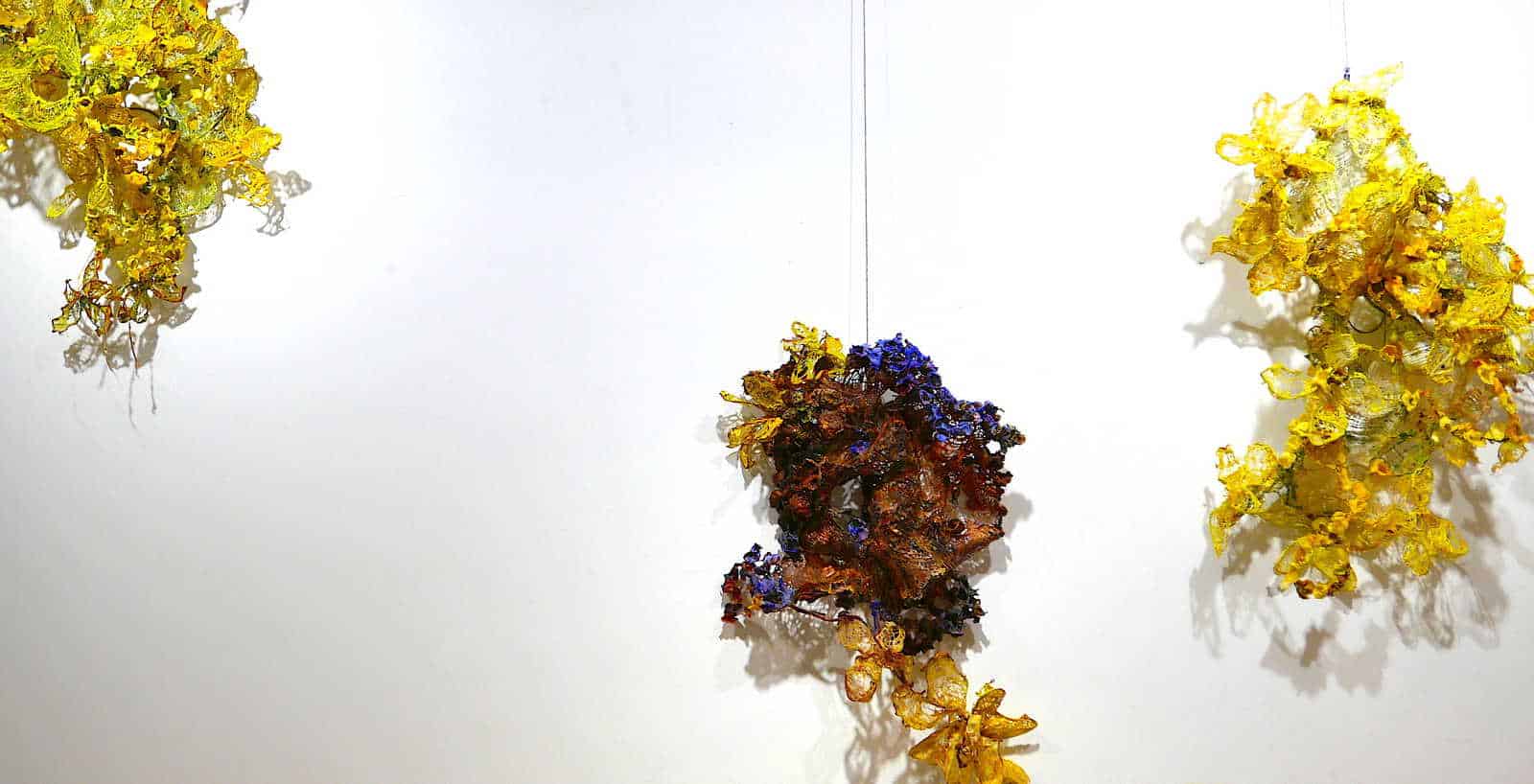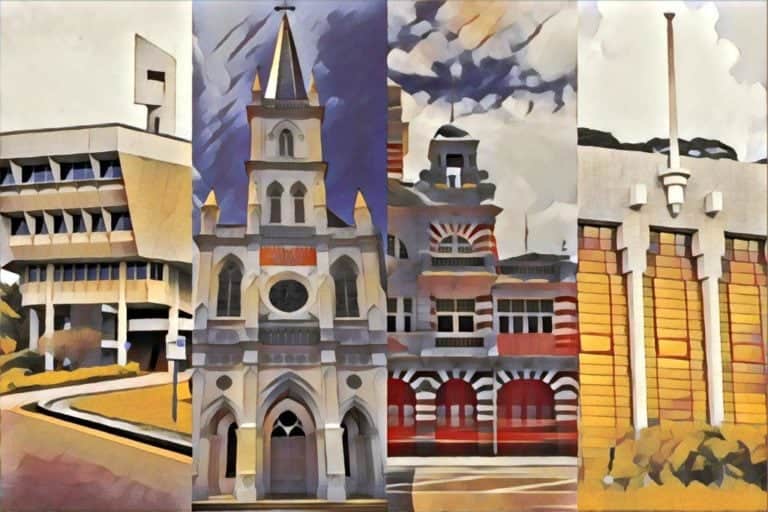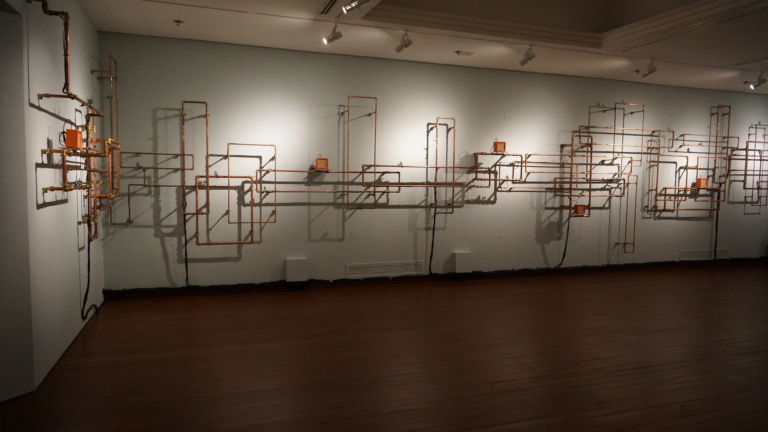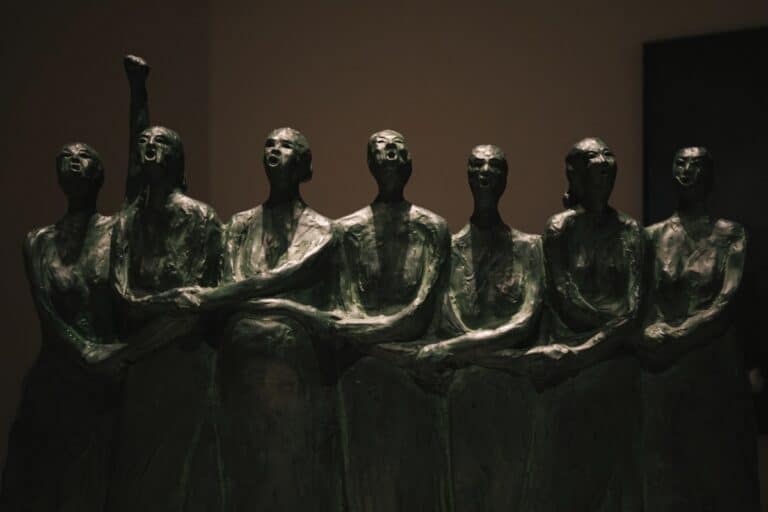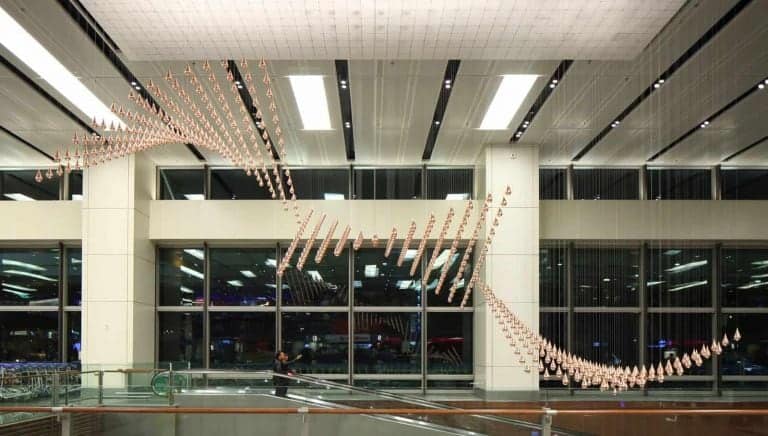Singapore-based artist Nandita Mukand’s solo show Mind(less) Wilderness offers a masterclass in understanding the dividing lines between sculpture and paintings.
Here’s a look at The Unborn 2, a 2019 work from the exhibition which is made of pine cones, cypress seeds, assorted seeds and pods:
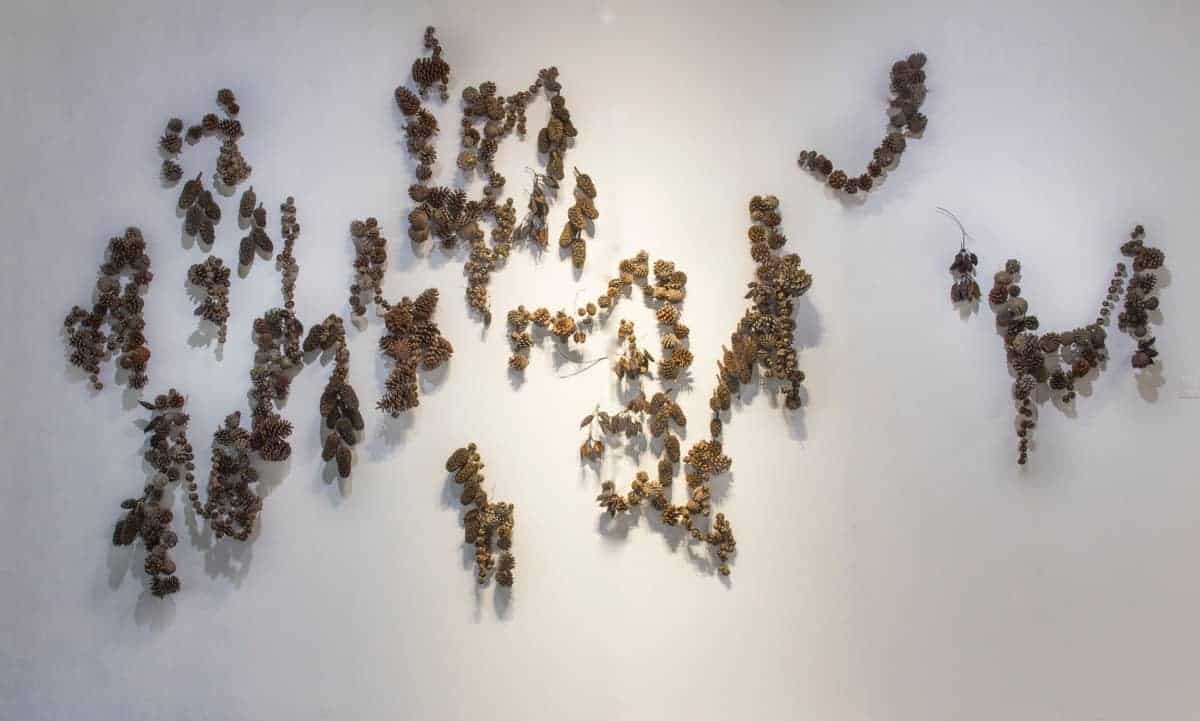
Mukand tells us that she was first attracted to these natural materials when she encountered them on the forest floor in Catalonia during an artist residency in 2016. Says the artist,
“These seeds fascinated me –each so small and trodden into the mud yet bearing the promise of a tree with many more seeds and maybe one day a forest. The potential fascinated me- to grow or to lie dormant. Seeds are about creativity, growth and potential. It is amazing to me that no matter how big a project or creation (might be) or even any time in history– it (all) started with nothing but a small idea in one person’s head. The power of an idea and how things grow around it — the seeds reminded me of these things.”
The smallest seeds in The Unborn 2 come from cypress trees which are believed in some cultures to connect heaven and earth, due to their elongated shape. The count as some of the oldest classical mourning symbols used in Western and Eastern societies, and can often be found in cemeteries. Mukand explains for example, that “Salvadore Dali, who lived and practised in (Catalonia), was fascinated with their symbolism and incorporated them in his paintings.”
The form of The Unborn 2 is particularly thought-provoking – it’s hung up on a wall, like a painting, but its three-dimensional qualities mean that it also juts out of the flat space like a sculpture. So what is it and how should we think about it?
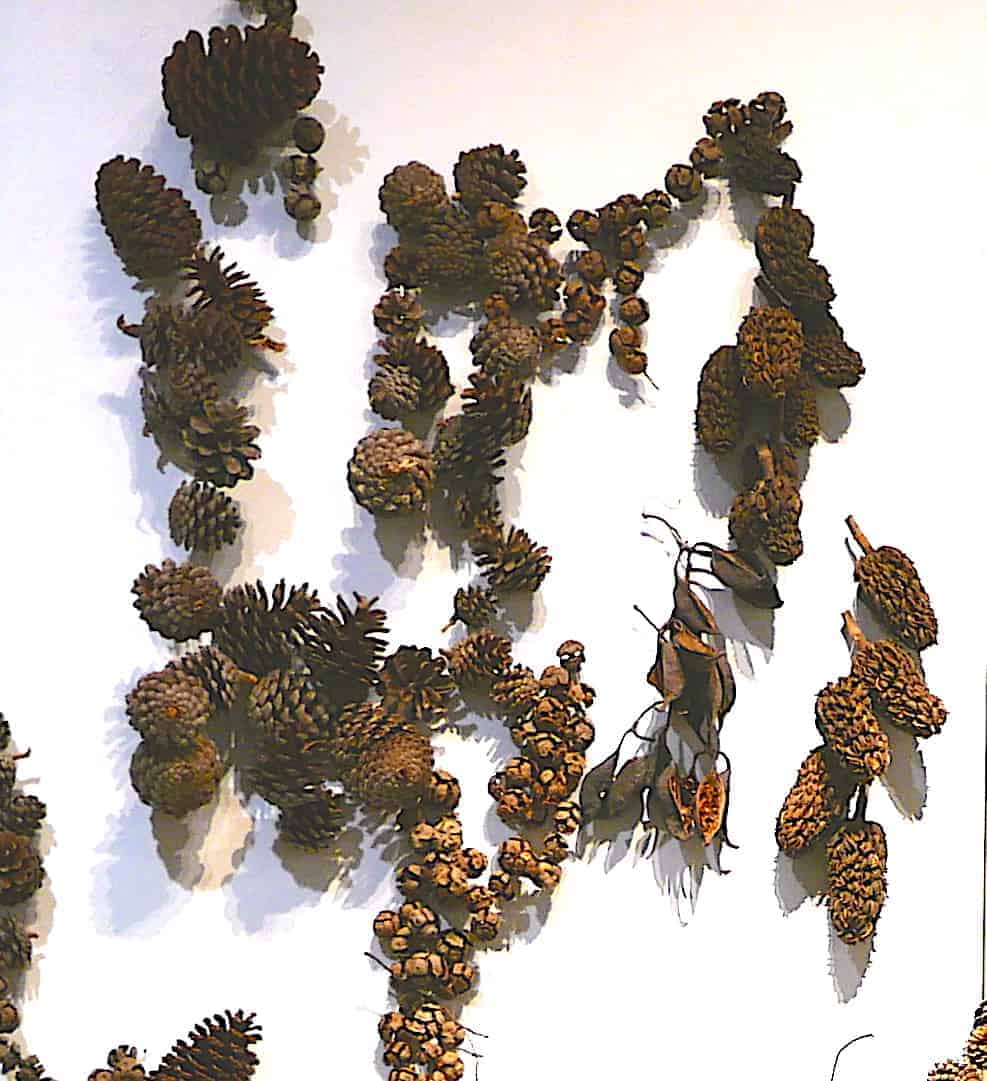
The differences between paintings and sculpture have been debated by art historians and theorists extensively, and some of these discussions provide good insight into how one might begin to approach an artwork like this one. Some commentators, for example, maintain that sculptures are actually “many-sided paintings,” which prompt or inspire a viewer to move around the works and even touch them. Academic Rhys Carpenter, however, argues that detailed and lush paintings such as those by Titian can also successfully “evoke memories of how materials like velvet or fur can feel when stroked.”
F. David Martin, in his essay On Perceiving Paintings and Sculpture, refers to a kind of “dynamism” that follows the viewing of a sculpture. Paintings usually are viewed from a single main vantage point, with only slight movements of the head and eye necessary to perceive their details. Sculptures on the other hand demand for much more – the body often has to physically move around a work to take it in, in its entirety, following its “concavities and convexities” with an “in and out quality, resembling breathing.”
Martin goes on to explain that representational paintings “arrest the spectacle of the world,” depicting the mere patina of things which have already emerged into existence, and have been captured in a static fashion within a frame. The sculpture, on the other hand, possesses a “charged, out-going quality,” demanding more active interaction with the space in which it is placed.
Mukand’s work The Unborn 2, embodies some of these ideas beautifully. The inside-outside dichotomy literally displays itself through the artist’s use of materials from nature, like pine cones, seeds and pods. While other works in the show are bound together with epoxy resin, creating a plastic quality to the work which both arrests and preserves, The Unborn 2 is held together with fishing lines. Walk around the work, look at it from the front and from the side, up-close and further back, and you’ll have a different impression of the work with each angle and position you adopt. Is there something weird about looking at objects found in nature, hung frozen and static in an air-conditioned art gallery?
The artist herself offers this nugget of insight:
“My practice as a whole tends to move between sculpture and painting, each form of work feeding the other. By making things strange, a little bit like what we are used to looking at, but not exactly that, I hope to invite the audience to pay a little more attention. The purpose is to bring the seeds out of their regular environment and present them in a way that entices the viewer to look again.”
______________________________
Curated by Tanya Michele Amador, Nandita Mukand’s Mind(less) Wilderness runs till 1 March 2019 at Miaja Gallery.
